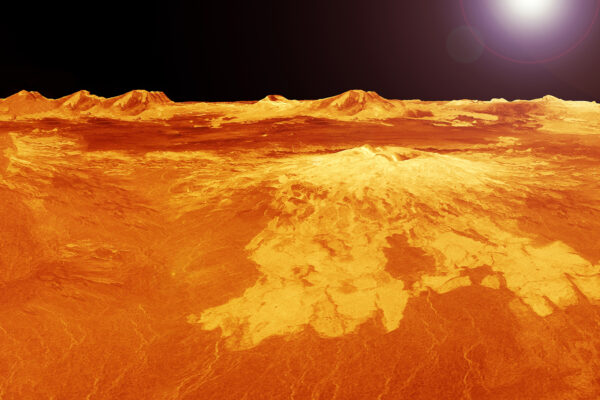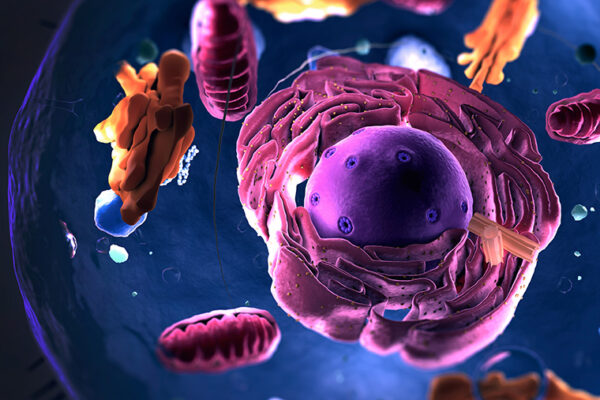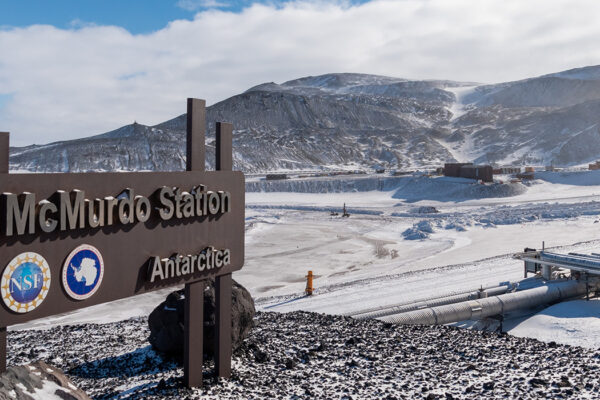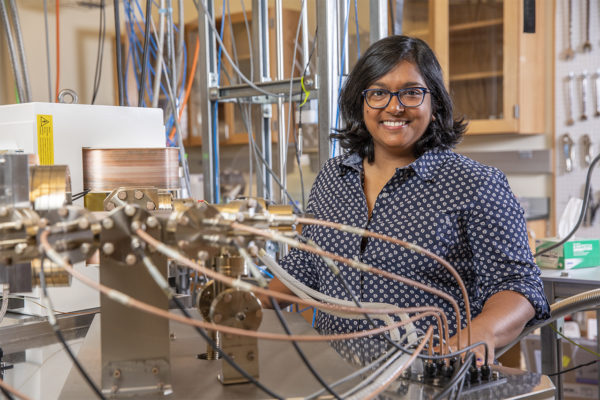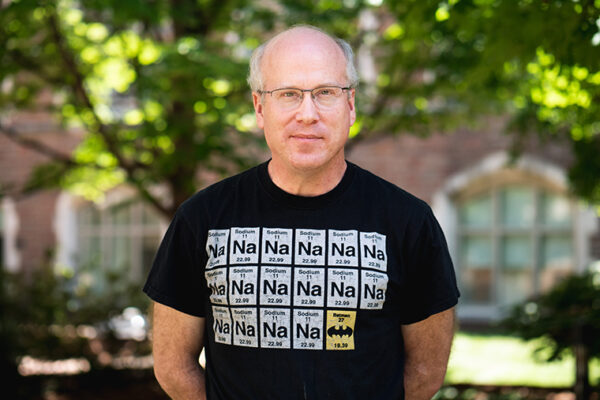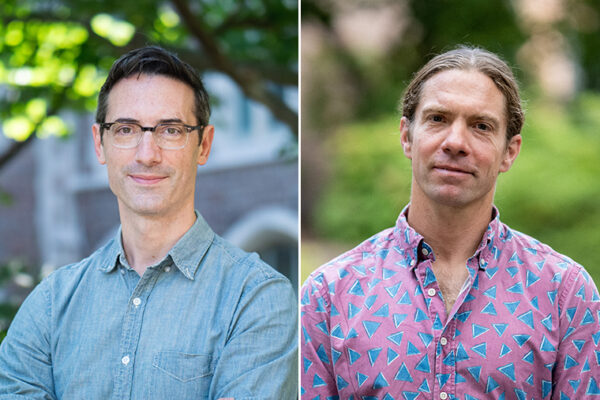Scientists share ‘comprehensive’ map of volcanoes on Venus — all 85,000 of them
Planetary scientists Paul Byrne and Rebecca Hahn in Arts & Sciences have created the first comprehensive map of volcanoes on Venus, pinpointing 85,000 of them. Their study was posted online in JGR Planets, and the dataset is publicly available.
Doing the math on a solar-powered future
Physicist Anders Carlsson in Arts & Sciences used 40 years of data from the St. Louis region to figure out the ideal mix of solar generation and storage for a reliable power grid.
Organelles grow in random bursts
Far from orderly “brick-by-brick” assembly, the internal structures of cells are grown in stochastic bursts, according to physicist Shankar Mukherji in Arts & Sciences, author of a Jan. 6 study in Physical Review Letters.
Back to Antarctica with SPIDER
Physicist Johanna Nagy in Arts & Sciences chases traces of “the beginning of the universe” using a balloon-borne instrument that will be launched in the next few weeks.
Physicists awarded DOE supercomputing time for ‘high-impact’ projects
Alex Chen, Saori Pastore, Maria Piarulli and Yajie Yuan, all in Arts & Sciences, will pursue transformational advances in their fields using the Department of Energy’s leadership-class supercomputers.
‘Compton effect’
Arthur Holly Compton, WashU’s ninth chancellor, conducted X-ray scattering experiments in 1922 that demonstrated the particle nature of electromagnetic radiation. At the time, the idea that light had both wave and particle properties was not easily accepted. His discovery stimulated the development of quantum mechanics and was recognized with the Nobel Prize in 1927.
Skemer wins grant from the National Science Foundation
Philip Skemer, a professor in Arts & Sciences, won a $321,515 grant from the National Science Foundation to support collaborative research on subduction zones.
Parai wins U.S. Department of Energy grant
Rita Parai, assistant professor of earth and planetary sciences in Arts & Sciences, won a $450,000 grant from the U.S. Department of Energy’s National Nuclear Security Administration.
Nowak wins award from NASA
Michael Nowak, research professor of physics in Arts & Sciences, received a $37,500 award from NASA.
Henriksen, Murch selected as 2022 Moore Experimental Physics Investigators
Erik Henriksen, associate professor of physics, and Kater Murch, professor of physics, both in Arts & Sciences, each will receive $1.25 million from the Gordon and Betty Moore Foundation for their projects over the next five years. Both are founding members of the university’s Center for Quantum Leaps.
Older Stories
